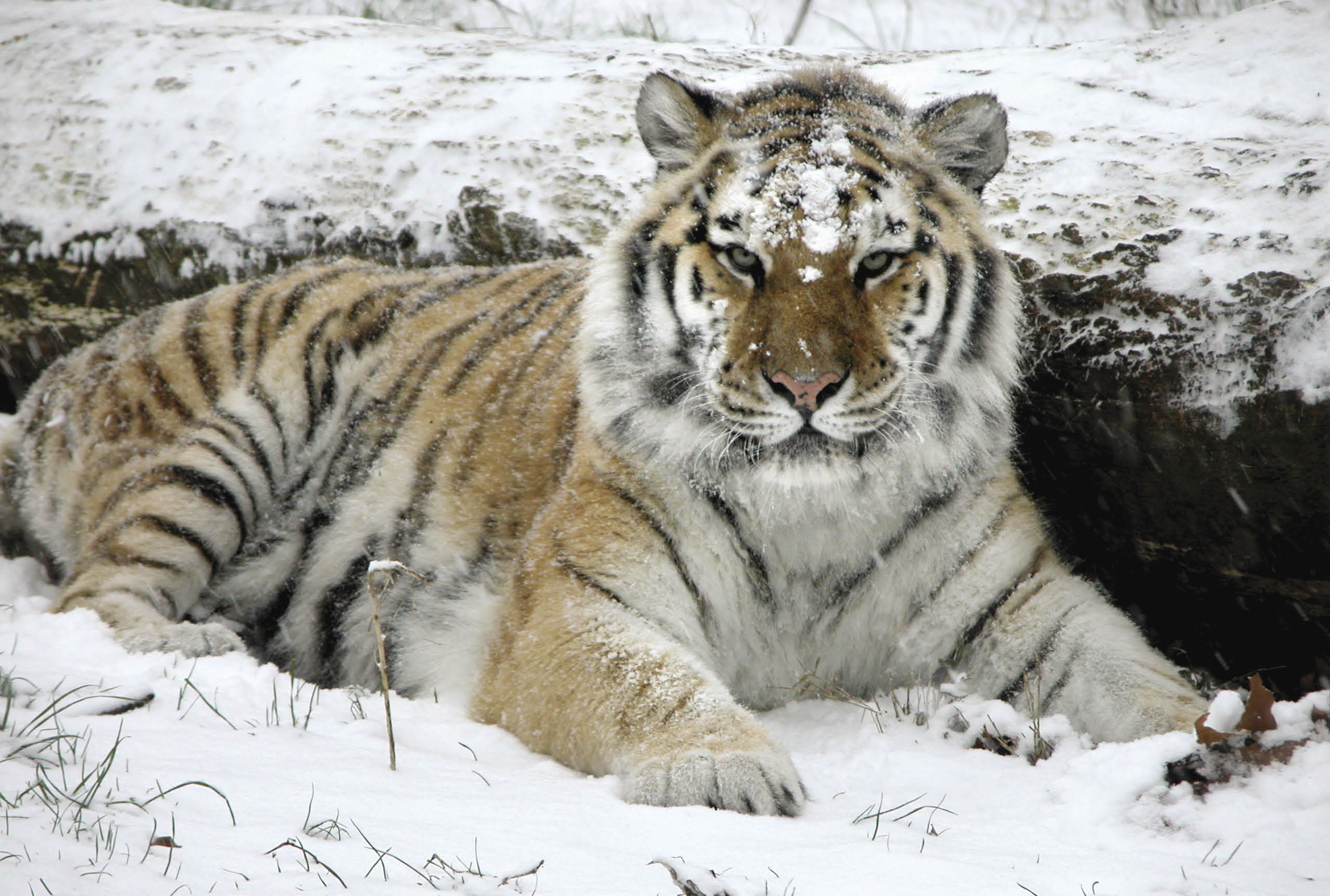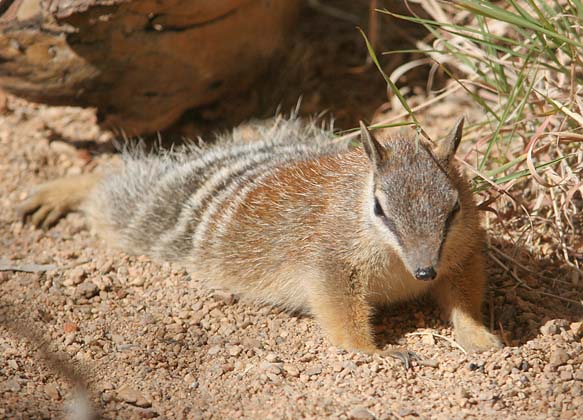Russia is home to vodka and ice. Living in the ice and snow
is the Siberian Tiger. This is my favorite among the tigers because they’re
gigantic and overall pretty awesome. Who wouldn’t want to see a striped, huge
cat playing in the snow? There are less than 500 left in this world. Tigers in
general are all in danger of extinction but this giant might make it there
quicker.
Adorableness
The Siberian Tiger is about 5 feet long, less than 6 feet
tall. The largest male made a record of 850 pounds but most are about a hundred
pounds less. Giant cats are my absolute favorite! In the winter time their fur
gets slightly shaggier and can even help cover their ears to stay warm in the
arctic like weather. In the summer their fur can become sparser but it’s always
silky. In the summer the orange of their coats is usually brighter than in the winter where they take a dull color.
Dinner Time
Being such a large feline, larger than all other tigers and
even the lion, requires quite a lot of food. Siberian tigers are known to prey
on brown and black bears only when times are really tough. Certain tigers can
even imitate bear mating calls to attract a bear to its area. Wolves also take
a decrease in population due to the tiger. Tigers feeding on wolves are very
rare but the competition for their prey is very intense. The two species can
chase each other from their kill and tigers usually win the battle. Preying
upon humans is very rare for this breed of tiger but the Bengal and Malayan
tigers have many more man hunter cases. Overall Siberian tigers can consume up
to 60 pounds of meat in one night! Most of this meat will be deer and wild
pigs. Siberian tigers don’t often miss when hunting but will sometimes run/leap
650 feet in order to take down their prey. Some of their prey is so massive
that it would take 12 men to move!
Sexy Time
All tigers are very solitary cats so mating can be somewhat
difficult for them. Females will leave “calling cards” throughout their
territory that will tell a male that she wants to mate. Sometimes the female
has to actually be the one who goes out and finds the male, even leaving her
own territory. She’s only good to go for 3-7 days and then they have to wait
until she is receptive again. This happens throughout the year so summertime
and wintertime are all go times!
Kiddos
Waking up in a den 3 to 4 blind cubs are born to their
mother who carried them for about three months. It’s not until they’re two
weeks old that they can look into the beautiful eyes of their mother and then
grow their teeth. Once they’re about three months old the mom can leave the den
to bring them back meat until they’re large enough to hunt with her. They will
stay with their mom until they reach sexual maturity which is about 3-5 years
of age.
Why are they
Endangered?
All tigers are being poached for their furs and sometimes
even their body parts which are used in many Asian cultures. Although there are
now laws that have banned pharmaceuticals containing tiger parts the black
market is still full of buyers for tiger. Another large threat to these tigers
is habitat loss. Tigers require a very large territory so when the forest
decreases and their territories mix fights can ensue and a decrease in
available prey occurs.
The Russia Problem
Siberian tigers specifically, as well as Snow Leopards, have
a direct competition with many Russians living in post-soviet Russia. The
starved cities and forests have left all species dying for food. For a person,
taking down one tiger is worth a year’s salary not to mention the amount of
meat they would then be able to eat. Tigers however aren’t out killing people;
they’re just trying to make a living in the forest. There are very, very few
attacks reported of tigers killing people. There is a small amount of hope for
the tigers in Russia because they have the Prime Minister on their side,
Vladamir Putin. Putin has given deputy director of the Russian Academy of
Sciences Institute of Ecology and Evolution 1 million dollars to save the
Siberian Tiger. Unfortunately, the money he was given has not been seen to make
many large strides other than tagging tigers and rumors of genetic research.
Other World Hope
There are many other programs to help save the Siberian
Tiger including the popular Species Survival Plan which takes wild animals and
captivates them in order to start breeding and repopulation. There are
currently 160 tigers in the program. Personally, I have hope for the Siberian
Tiger Project where they have many reserves, the largest being Sikhote-Alin
Biosphere Reserve, to save room and space for tigers. Although the space isn’t
as big as we all wish it was it’s better than nothing. Here conservation
biologists focus on cub mortality, snow depth, conflicts with locals and it
also allows for a great training ground for new conservation biologists.
Children to even college students can get a more in depth tour of the Siberian
Tiger problem. To see certain tigers they've worked with check out this slide show: Siberian Tiger Project
What You Can Do
Donations are greatly appreciated:
Adopt a tiger!
Take the Saving a Tiger Pledge
Or help out the Malayan Tigers at the San Diego Zoo Safari
Park
Whatever you do helps so take care and have a heart!









.jpg/220px-Gymnogyps_californianus_-near_Hopper_Mountain_National_Wildlife_Refuge,_California,_USA_-adult_and_chick-8_(1).jpg)







